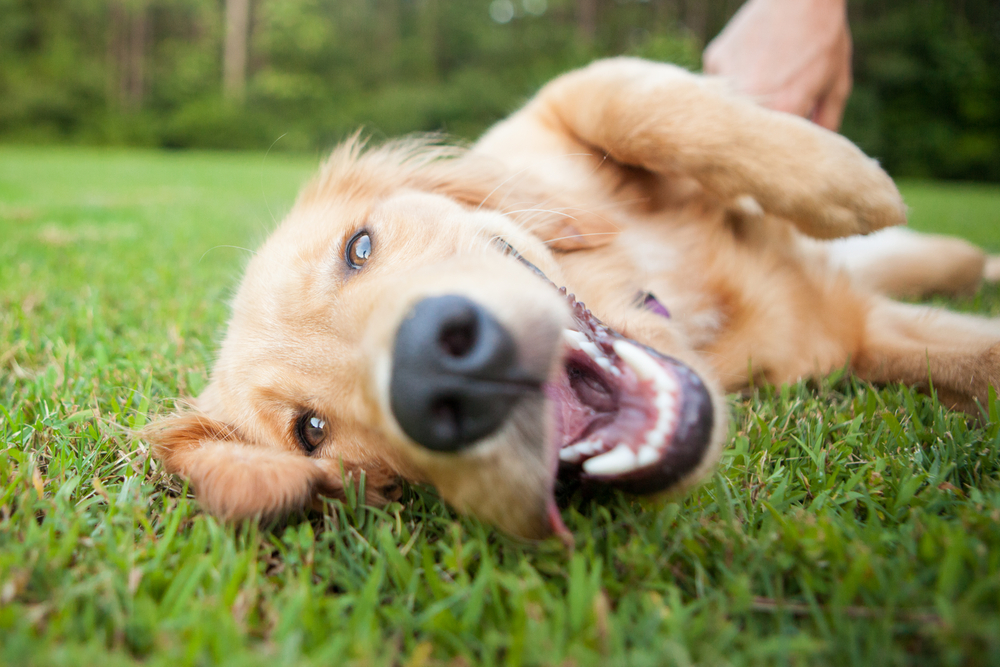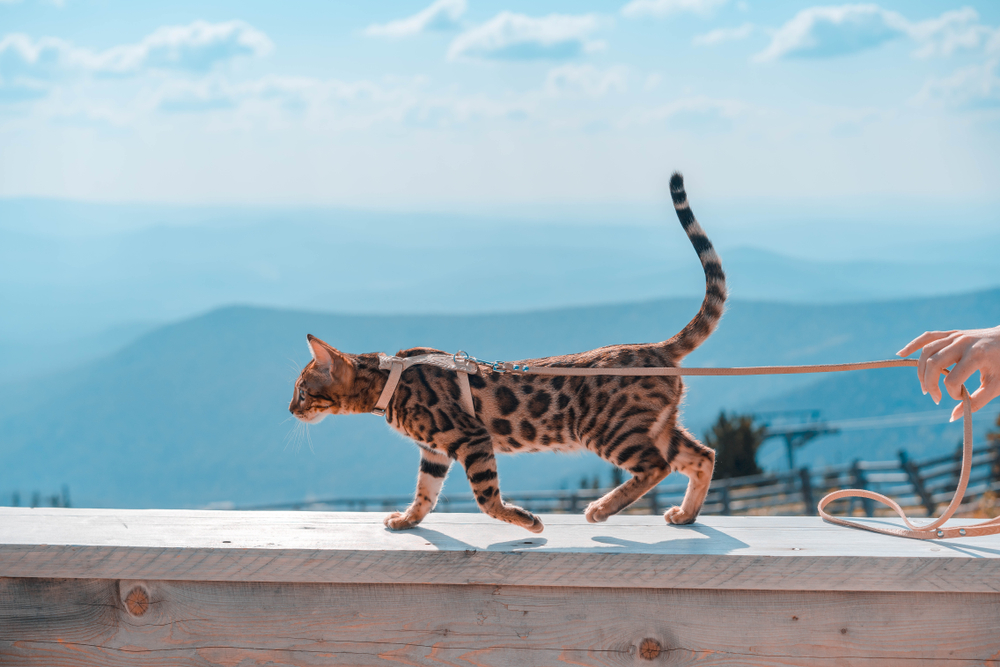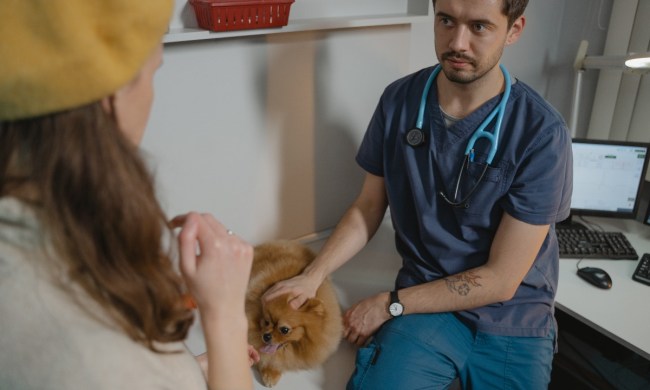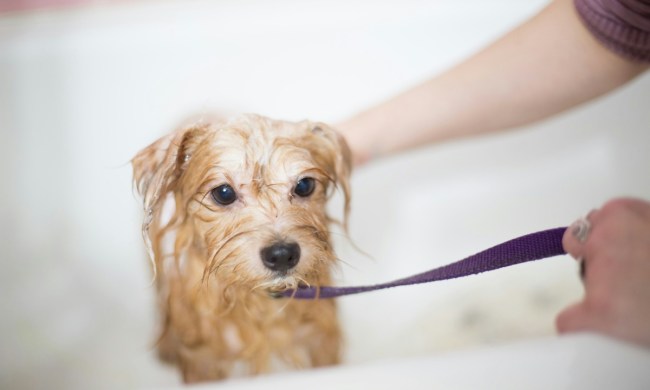What does it take to be a good pet parent? Taking good care of an animal involves a lot more than just providing food and shelter. You’ll want to make sure your pet wears proper identification and has regular veterinary care. Your pet needs the proper amount of exercise and, depending on the animal, appropriate training and playtime with others.
So, how do you elevate your game from pet owner to pet owner extraordinaire? We’re obsessed with these amazing pet podcasts. Not only will you learn important information about pet parenting from these animal experts and their guests, but you’ll also be exposed to an entire community of pet-loving people who are looking for the same answers.
Here are four pet podcasts to get you started….

Canine Nation
This podcast is a MUST for any pet parent who’s looked at their dog and wondered what in the heck they were thinking. Host Eric Brad, Certified Professional Dog Trainer-Knowledge Assessed, has been training and living with dogs for more than 25 years. As a pro who has learned from some of the industry’s best animal trainers, Brad aims to bring a different perspective about dog ownership and training to people.
Recent podcast topics include how to motivate your dog, kindness and its effectiveness as a dog training method, and the science of dogs and training.
Pawprint Animal Rescue
Do you share space with a rescued mutt? Then you’ll want to tune in to Pawprint, a podcast by hosts Nancy and Harold Rhee, who have fostered more than 60 dogs throughout their 20-year marriage. Their inspiring stories of humans who have rescued animals will motivate you to do more in your community on behalf of abandoned and surrendered animals.
Although the Rhees haven’t recorded any new podcasts since November 2018, you can listen to past episodes that contain timely subjects. These include trends in hospice and palliative care for companion animals, a firsthand account of the challenges of dog fostering, and the story of Squish, a puppy who suffered blunt-force trauma to the head and became an Instagram star with more than 200,000 followers.
Speaking of Pets
Mindy Norton hosts this popular podcast on NPR from Alabama Public Radio. The weekly series is for those who care about the humane treatment of animals. Each podcast lasts for only two minutes, so it’s an easy listen on short-commute days or when you need time to destress before your next appointment.
One recent three-part series focused on the Hero Dog Awards 2021, an annual nationwide competition that recognizes ordinary dogs doing extraordinary things. Another took a look at veterinary technicians and the role they play in helping our animals live longer, healthier lives.

Catexplorer
If you’re a cat owner who has always wanted to take your cat with you on adventures, these are your people. Tune in as hosts Hasara and Daniel Lay chat with a variety of cat explorers about their tips and tricks, war stories, humorous moments, and lessons learned on adventures with their cats.
Recent episodes include tips on how to grow your cat’s social media accounts, coaching for new cat explorers in urban areas, and how to help your cat react to strangers on your travels together.
Why you should listen to pet podcasts
If you aren’t a regular podcast consumer, consider this: Developing a podcast habit pays off in a variety of benefits. Besides the obvious advantage of cutting down on screen time, engaging with a podcast is actually good for your brain. Science says your brain is more active when you listen to a story because you have to use your imagination, as opposed to watching a story where the visuals are provided for you.
Podcasts are also great companions on boring commutes or when you’re doing mundane tasks around the house. To listen, you’ll need a smartphone, tablet, or mobile device with internet access and an app such as Apple Podcasts, Google Podcasts, Spotify, or Audible.
We chose these four podcasts because the experts who host them are well versed in their field, but don’t limit yourself. Once you discover the unlimited scope of the podcast experience, you’ll be looking for new pet-parenting shows to add to your library. We already know you love your pet. Developing a podcast habit will just help you love them better.


